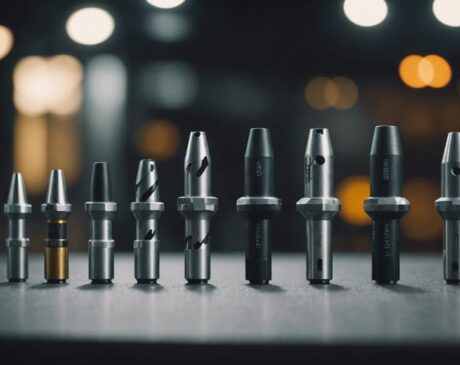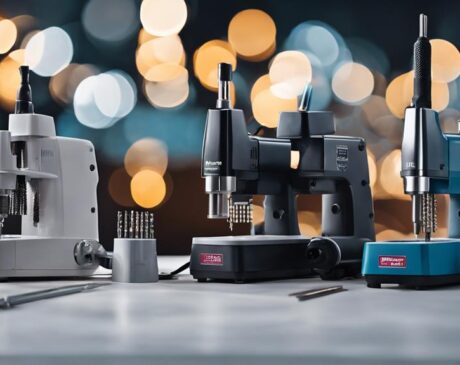How Long Does It Take for Nail Polish to 100% Dry?
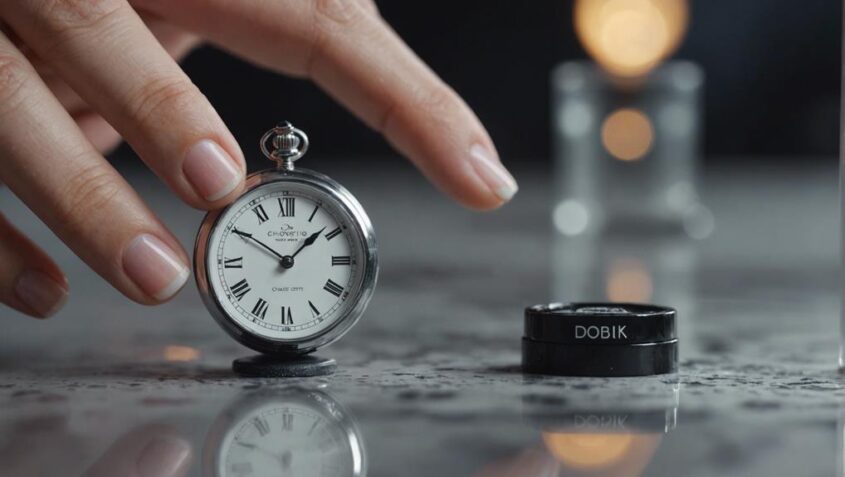
Nail polish typically takes 1-2 hours to fully dry. Factors like layer thickness, the type of polish, and environmental conditions influence drying time. Quick-dry formulas and UV light can expedite drying, while humidity may slow it down. Applying thin layers and using efficient application techniques can speed up the process. Opt for matte polishes or curing lamps for quicker results. Following tips like using cold water or a quick-dry top coat can help nails dry faster. Understanding the differences between curing and drying, as well as final touches, are essential for perfectly dried nails. Get the full details on mastering nail polish drying for flawless nails.
Key Takeaways
- Thickness of the nail polish layer impacts drying time.
- Quick-dry formulas contain ingredients for faster evaporation.
- UV light or heat can expedite the drying process.
- High humidity levels can prolong drying time.
- Cold temperatures hinder the evaporation of solvents.
Factors Affecting Drying Time
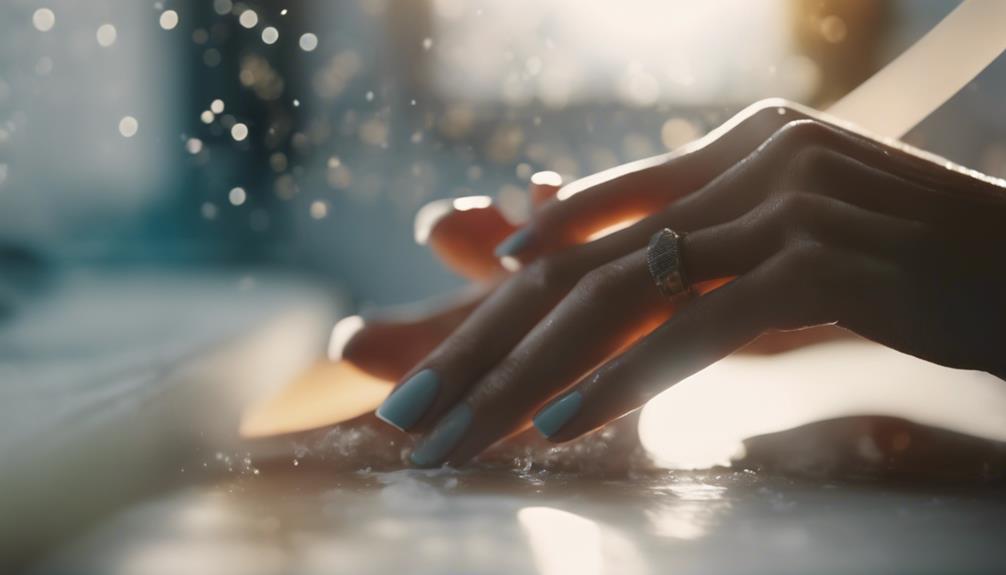
Several factors can influence the drying time of nail polish. The first key factor is the thickness of the nail polish layer applied. Thicker layers take longer to dry as they trap moisture between the layers, leading to a slower evaporation process. Secondly, the formula of the nail polish plays a significant role in drying time. Quick-dry formulas contain ingredients that promote faster evaporation, resulting in a shorter drying time compared to traditional formulas. Additionally, the presence of UV light or heat can expedite the drying process by helping to cure the polish quicker. Conversely, high humidity levels and cold temperatures can prolong drying time as they hinder the evaporation of solvents in the polish. Understanding these factors and how they interact can help individuals optimize their nail polish application for a quicker and more efficient drying process, ultimately leading to a flawless manicure.
Influence of Nail Polish Type
Different types of nail polish can significantly impact the drying time and overall performance of a manicure. When choosing a nail polish, consider the following factors:
- Formulation: Some nail polishes are designed with quick-drying formulas that can cut down drying time significantly.
- Texture: Thin, watery nail polishes tend to dry faster than thicker, gel-like formulas.
- Finish: Matte nail polishes generally dry faster than glossy ones due to the absence of additional drying agents.
- Specialized Types: Certain types of nail polish, such as gel or dip powder, may require UV or LED curing lamps for drying, which can substantially reduce the overall drying time compared to traditional nail polishes.
Considering these factors can help you choose a nail polish type that aligns with your desired drying time and manicure performance.
Impact of Application Technique
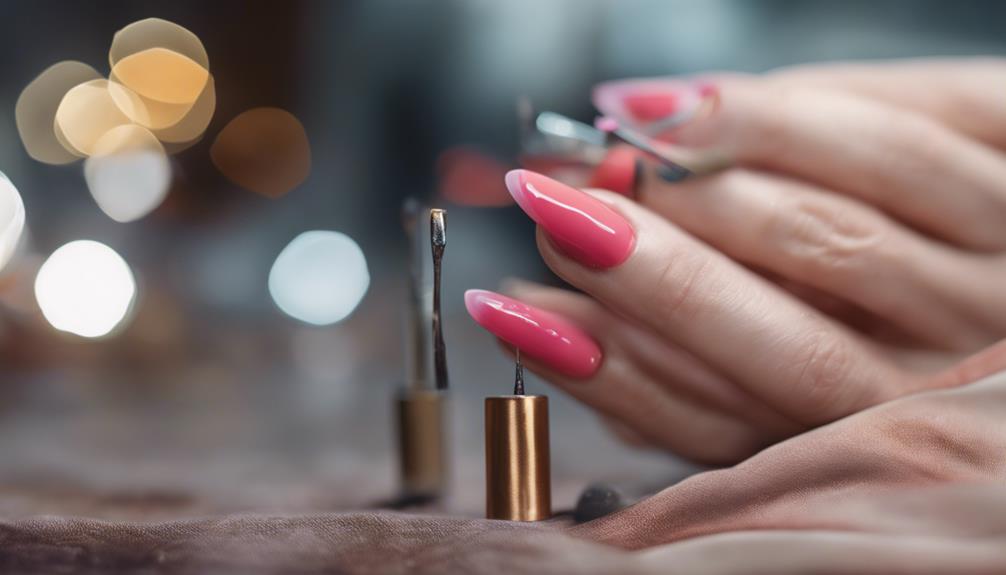
When considering the impact of application technique on nail polish drying time, the precision and method with which the polish is applied play a crucial role in achieving optimal results. Innovative application techniques can significantly affect the drying time of nail polish. One key factor is the thickness of the layers applied. Thicker layers take longer to dry as they trap moisture underneath, prolonging the drying process. In contrast, thin, even layers dry quicker and more efficiently. Additionally, the way in which the brush glides over the nail surface influences drying time. Smooth, consistent strokes ensure an even distribution of polish, allowing for faster evaporation of solvents. Moreover, avoiding excessive shaking of the polish bottle before application prevents air bubbles from forming, which can prolong drying time. By incorporating precise and innovative application techniques, individuals can expedite the drying process and achieve flawlessly polished nails in less time.
Importance of Thin Layers
The application of thin layers of nail polish is essential for ensuring efficient and timely drying. By applying nail polish thinly, you allow each layer to dry faster, reducing the overall drying time. Here are some key points highlighting the importance of thin layers:
- Even Coverage: Thin layers ensure that the nail polish is evenly distributed across the nail, preventing clumping and ensuring a smooth finish.
- Faster Drying: Thin layers dry quicker than thick layers since there is less polish to dry, speeding up the overall drying process.
- Longevity: Applying thin layers helps the nail polish adhere better to the nail, increasing its longevity and reducing the chances of chipping.
- Layering Options: Thin layers allow for easier layering of multiple colors or topcoats, enabling you to create intricate nail designs without the risk of smudging or uneven drying.
Tips for Quicker Drying
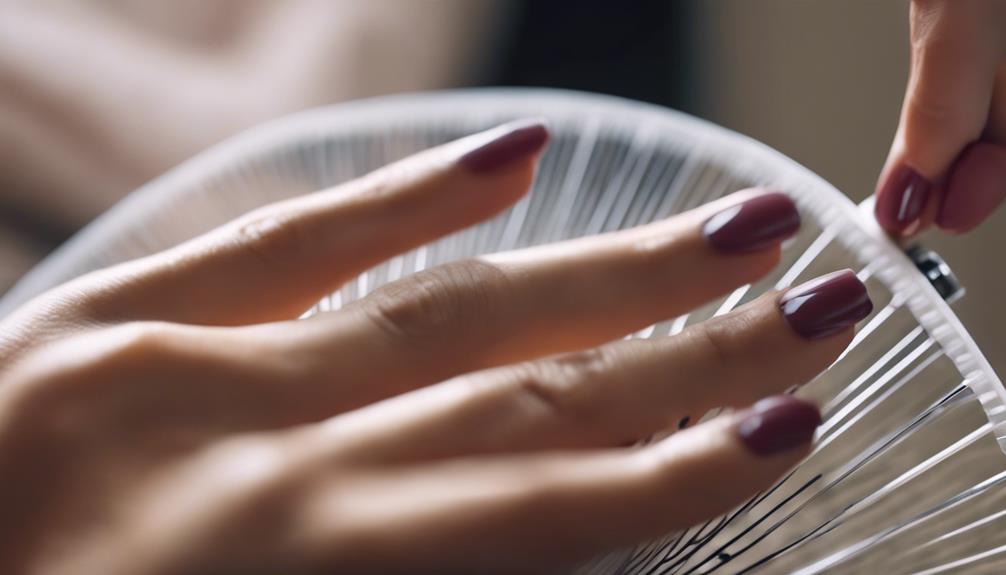
To speed up the drying process of your nail polish, consider using quick-dry nail polish formulas or applying thin layers to allow for faster evaporation. Additionally, you can try dipping your painted nails in ice-cold water or using a blow dryer set on cool to help set the polish quickly. These techniques can help you achieve dry and smudge-free nails in no time.
Quick-Dry Nail Polish
For faster drying times when using quick-dry nail polish, consider implementing these effective tips.
- Apply thin coats of quick-dry nail polish to allow for faster evaporation.
- Use a fan to help speed up the drying process by increasing airflow.
- Submerge freshly painted nails in ice-cold water for a quick set.
- Invest in a quick-dry top coat to seal in the color and expedite drying time.
Drying Techniques
Implementing effective drying techniques is essential for achieving quicker drying times when applying nail polish. To expedite the drying process, consider the following innovative tips:
| Technique | Description | Benefits |
|---|---|---|
| Quick-dry drops | Add a few drops to freshly painted nails | Accelerates drying time |
| Cold water rinse | Submerge nails in cold water for a few minutes | Sets polish faster |
| Thin layers | Apply multiple thin coats instead of one thick | Dries more evenly and quickly |
Understanding Cure Vs. Dry
Understanding the difference between curing and drying processes is essential for achieving optimal results when it comes to nail polish application. While drying refers to the evaporation of solvents in the polish, curing involves a chemical reaction that transforms the polish into a hard, durable finish. Here are some key points to differentiate between the two processes:
- Drying: Involves the evaporation of solvents, which leads to the hardening of the polish.
- Curing: Requires exposure to specific wavelengths of light to initiate the chemical reaction that hardens the polish.
- Drying Time: Drying is relatively quick, with the surface feeling dry within minutes. However, full drying can take up to 12 hours.
- Curing Time: Curing under a UV or LED lamp usually takes around 2-3 minutes per coat, resulting in a completely dry and durable finish.
Understanding these distinctions can help you choose the right technique to ensure long-lasting and flawless nail polish application.
Final Touches for Fully Dry Nails
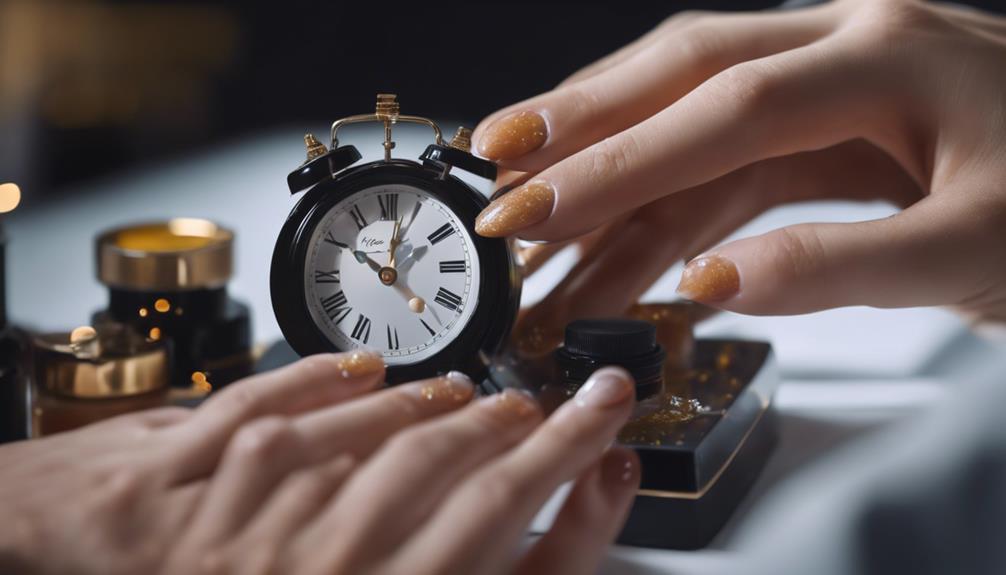
After ensuring your nail polish has fully dried or cured, the next step involves applying final touches to achieve a polished and professional look. To elevate your nail game, consider adding a top coat. A high-quality top coat not only enhances the shine of your nail polish but also provides an extra layer of protection, minimizing chips and extending the life of your manicure. Experiment with different top coat finishes such as glossy, matte, or shimmer for a unique and trendy appearance.
Furthermore, incorporating nail art can take your manicure to the next level. From minimalist designs to intricate patterns, nail art allows you to express your creativity and individuality. Explore techniques like stamping, water marbling, or freehand painting to create stunning nail art masterpieces that are sure to turn heads.
Lastly, don't forget the importance of cuticle oil. Hydrated cuticles not only promote healthy nail growth but also add a touch of luxury to your nails. Choose a nourishing cuticle oil enriched with vitamins and essential oils to keep your nails looking fresh and vibrant. By incorporating these final touches, you can achieve fully dry nails that exude sophistication and style.
Frequently Asked Questions
Can Using a Hairdryer Speed up Nail Polish Drying Time?
Utilizing a hairdryer can accelerate nail polish drying by aiding the solvent evaporation process. The warm air helps to solidify the polish quicker. However, caution is advised to prevent overheating or damage to the nails.
Will Applying Topcoat Help Nails Dry Faster?
Applying a topcoat can accelerate nail drying time by sealing in the layers, fostering a quicker evaporation process. It enhances shine, durability, and overall finish while aiding in the prevention of smudges and chips.
Does Nail Polish Dry Faster in Cold or Warm Environments?
Nail polish tends to dry faster in warmer environments as heat helps to speed up the evaporation process of the solvents in the polish. Cold temperatures can slow down drying time, resulting in a longer wait for fully dried nails.
Should I Use a Fan to Expedite Nail Polish Drying?
Using a fan to expedite nail polish drying is a common practice in the beauty industry. It helps to promote faster evaporation of solvents in the polish, leading to quicker drying times. However, ensure proper ventilation to prevent streaking or bubbling.
Can I Apply Cuticle Oil Before Nail Polish Is Fully Dry?
Before your nail polish fully dries, applying cuticle oil can disrupt the drying process and lead to smudges or imperfections. Allow the polish to set completely for a flawless finish. Patience ensures a beautiful manicure that lasts.

